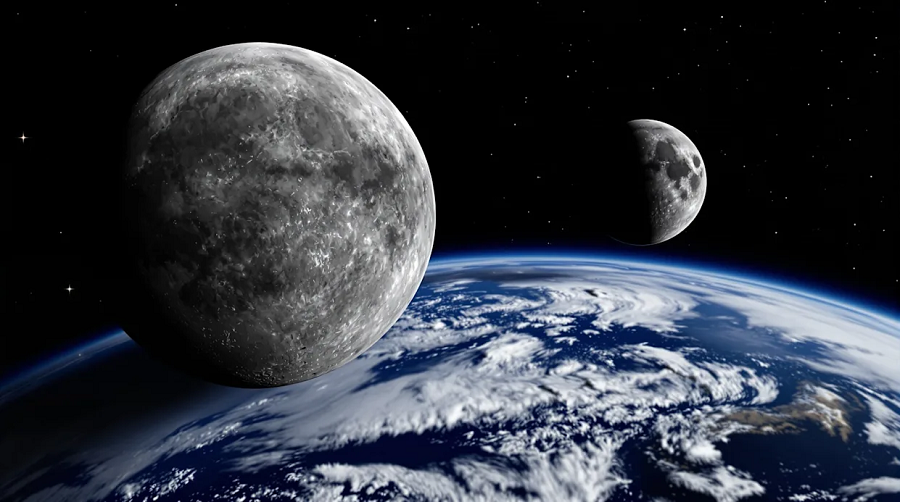Earth has picked up a new cosmic companion, but scientists say it’s not a true second moon.
NASA confirmed that astronomers have identified a small asteroid, designated 2025 PN7, that appears to share Earth’s orbit around the Sun. The space rock, estimated to be 18 to 36 meters (60 to 120 feet) across, is considered a quasi-satellite — an object that travels around the Sun in sync with Earth, giving the illusion that it orbits our planet.
Researchers say orbital models suggest the object could remain in this configuration until about 2083 before drifting away. The asteroid was spotted using ground-based telescopes and tracked by NASA’s Center for Near-Earth Object Studies (CNEOS).
‘Second Moon’
“It’s not gravitationally bound to Earth the way our Moon is,” said a NASA spokesperson. “Instead, it’s caught in a delicate gravitational dance, following a similar path around the Sun.”
Scientists emphasize that 2025 PN7 poses no threat to Earth. Because of its small size and distance, it’s invisible to the naked eye and can only be observed with powerful telescopes.
Earth has had similar companions before. Astronomers previously detected quasi-moons such as 2016 HO3, which has accompanied Earth for nearly a century. These temporary satellites offer researchers valuable insights into orbital dynamics and near-Earth objects.
NASA says the discovery underscores the complexity of Earth’s gravitational environment — and the surprising number of small bodies that quietly travel alongside our planet through space.
What Is a Quasi-Moon?
A quasi-moon, also called a quasi-satellite, is a small object that orbits the Sun, not the Earth — but it follows a path so similar to Earth’s that it appears to travel alongside our planet.
Unlike the Moon, which is gravitationally bound to Earth, a quasi-moon is only loosely influenced by Earth’s gravity. It moves in a delicate balance between the gravitational pull of the Earth and the Sun, creating the illusion that it is orbiting Earth.
Quasi-moons are temporary companions. They can remain in Earth’s neighborhood for decades or even centuries before their orbits eventually shift away due to gravitational perturbations from the Sun and other planets.
Scientists study these objects to better understand orbital mechanics, Earth’s gravitational environment, and potential asteroid hazards. They also provide a natural laboratory for exploring how small bodies behave in the complex gravitational field shared by Earth and the Sun.



